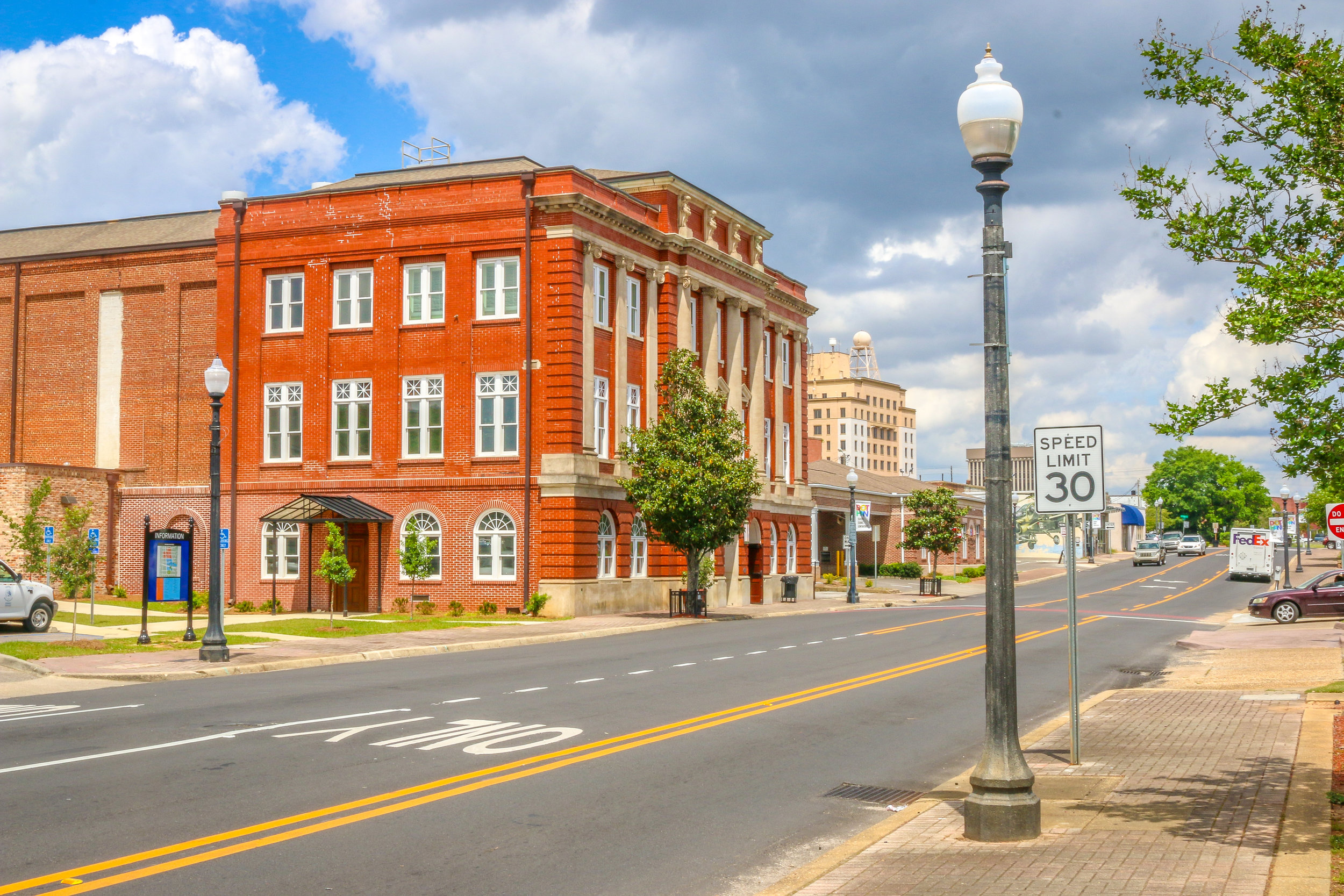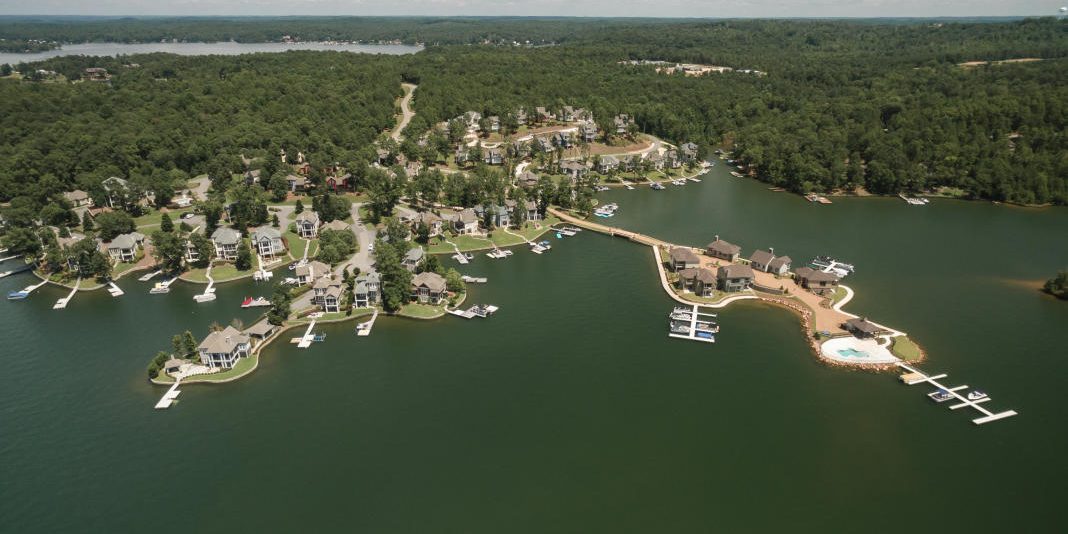The Alabama Historic Tax Credit program is on the cusp of its own revitalization.
Alabama House Bill 345 is expected to soon be signed into law by Gov. Kay Ivey, continuing a program that fostered the rebirth of numerous urban buildings in some of Alabama’s largest cities.
Thanks to the new bill, the state’s rural communities could now see the same type of redevelopment within their cities, as part of one of several major changes from the original program that ran from 2013-15.
Forty percent of the annual $20,000,000 allocation will be reserved for rural counties, defined as a county with a population of 175,000 or less, according to the 2010 decennial census, said Stephen McNair, Ph.D of McNair Historic Preservation.
McNair said if all or a portion of the 40 percent rural allocation is not reserved within the first two quarters of the fiscal year, then any project, regardless of location, can compete for the remainder of the tax credits for the fiscal year. 60 of Alabama’s 67 counties are considered “rural” in accordance with the 2010 census data.
“It’s no secret that rural counties did not see a lot of historic rehabilitation development as part of the previous historic tax credit program,” McNair said. The new 40 percent rural reservation clause could be the difference maker for many projects, and based on surrounding states, we fully expect the program to reach smaller and rural communities within the next two to three years.”
McNair said similar programs saw the number of rural projects tick upward after the fifth year of their existence, which he said is why it was so important this program was extended beyond its original term.
“Rural counties need to make a more concerted effort to recruit investors and developers who have experience with historic tax credit projects, namely in Mississippi, Louisiana and Georgia,” McNair said. “All of these states have seen the revitalization of dozens of rural main streets and local landmarks, contributing to the argument that a historic tax credit project can be economically viable in every community. Alabama has an abundance of historic communities, most of which have dozens of eligible properties. Historic tax credit projects are about matching the right property with the vision of a developer, and I wouldn’t be surprised if rural communities start to see a tangible rebirth by 2022 as a result of this program.”
McNair also identified a few other notable changes from the original program.
- The legislation allocates $20,000,000 annually for five years for qualifying properties, with a cap of $5,000,000 for an individual project.
- As opposed to the previous legislation and the federal historic tax credit program, structures must be 60 years of age as opposed to 50.
- In addition to the age requirement, projects must now pass scrutiny by the Historic Tax Credit Evaluating Committee, comprised of various political and government appointees, elected officials, and state employees. This newly formed committee will review projects on a quarterly rotation.
- Forty percent of the annual $20,000,000 allocation will be reserved for rural counties, defined as a county with a population of 175,000 or less, according to the 2010 decennial census. If all or a portion of the 40 percent rural allocation is not reserved within the first two quarters of the fiscal year, then any project, regardless of location, can compete for the remainder of the tax credits for the fiscal year. 60 of Alabama’s 67 counties are considered “rural” in accordance with the 2010 census data.
- The historic tax credits can be transferred once to an investor in the project, which is similar to the previous program, however a measure of refundability has been introduced. The property owner can now receive a refund for the amount of the awarded Alabama historic tax credit, whereas if the Alabama income taxes owed by the taxpayer are less than the tax credit. For instance, if a property owner receives a historic tax credit award of $100,000 but owes $20,000 in state income taxes, then they will receive a refund check for $80,000 after the $20,000 has been paid.
“All of these new measures introduce a new layer of risk for each project, however the return of the program far outweighs the new regulations,” McNair said.
Application policies and procedures for the program will be published in October 2017 and applications will be received beginning in November 2017. The Historic Tax Credit Evaluating Committee is expected to meet in January 2018 and begin awarding reservations.





